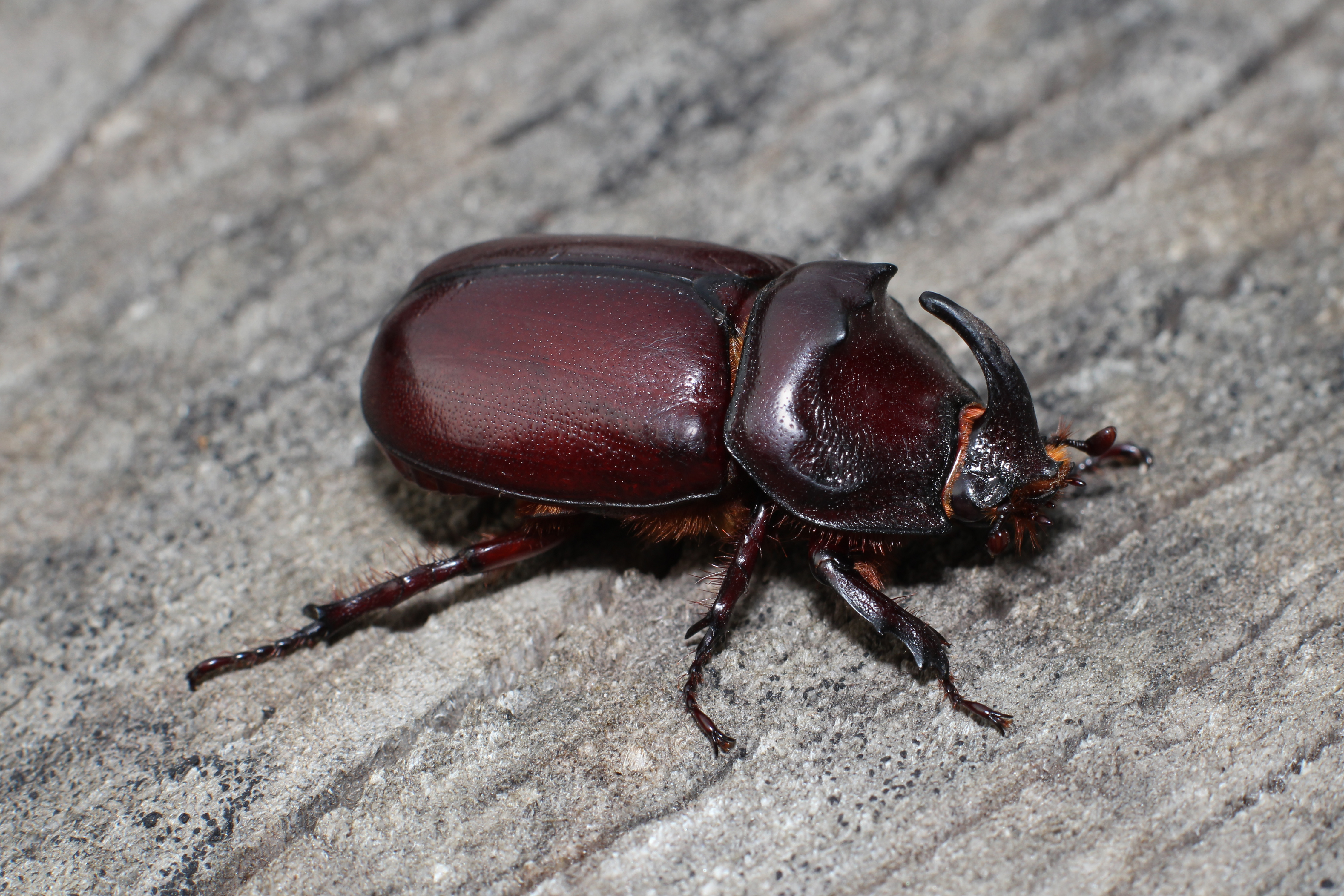|
Megasoma Gyas
''Megasoma gyas'' is a species of large Neotropical rhinoceros beetles. There are no recognized subspecies.M. Prandi, P. Grossi, F. Vaz-de-Mello (2020) Revision of the ''Megasoma (Megasoma) gyas'' (Jablonsky in Herbst, 1785) species group (Coleoptera, Scarabaeidae, Dynastinae). ''ZooKeys'' 999:109-145. DOI: 10.3897/zookeys.999.53130 Description ''Megasoma gyas'' have seta In biology, setae (singular seta ; from the Latin word for "bristle") are any of a number of different bristle- or hair-like structures on living organisms. Animal setae Protostomes Annelid setae are stiff bristles present on the body. Th ...e all over their bodies. Males have three thoracic horns and one cephalic horn. Females are without horns. References External links * Dynastinae Beetles described in 1785 Beetles of South America {{Dynastinae-stub ... [...More Info...] [...Related Items...] OR: [Wikipedia] [Google] [Baidu] |
Johann Friedrich Wilhelm Herbst
Johann Friedrich Wilhelm Herbst (1 November 1743 – 5 November 1807) was a German naturalist and entomologist from Petershagen, Minden-Ravensberg. He served as a chaplain in the Prussian army. His marriage in Berlin, 1770, with Euphrosyne Luise Sophie (1742–1805), daughter of the Prussian ''Hofrat'' Libert Waldschmidt seems to have been childless. He was the joint editor, with , of ''Naturgeschichte der in- und ausländischen Insekten'' (1785–1806, 10 volumes), which was one of the first attempts at a complete survey of the order [...More Info...] [...Related Items...] OR: [Wikipedia] [Google] [Baidu] |
Neotropical Realm
The Neotropical realm is one of the eight biogeographic realms constituting Earth's land surface. Physically, it includes the tropical terrestrial ecoregions of the Americas and the entire South American temperate zone. Definition In biogeography, the Neotropic or Neotropical realm is one of the eight terrestrial realms. This realm includes South America, Central America, the Caribbean islands, and southern North America. In Mexico, the Yucatán Peninsula and southern lowlands, and most of the east and west coastlines, including the southern tip of the Baja California Peninsula are Neotropical. In the United States southern Florida and coastal Central Florida are considered Neotropical. The realm also includes temperate southern South America. In contrast, the Neotropical Floristic Kingdom excludes southernmost South America, which instead is placed in the Antarctic kingdom. The Neotropic is delimited by similarities in fauna or flora. Its fauna and flora are distinct ... [...More Info...] [...Related Items...] OR: [Wikipedia] [Google] [Baidu] |
Rhinoceros Beetle
Dynastinae or rhinoceros beetles are a subfamily of the scarab beetle family (Scarabaeidae). Other common names – some for particular groups of rhinoceros beetles – include Hercules beetles, unicorn beetles or horn beetles. Over 1500 species and 225 genera of rhinoceros beetles are known. Many rhinoceros beetles are well known for their unique shapes and large sizes. Some famous species are, for example, the Atlas beetle (''Chalcosoma atlas''), common rhinoceros beetle (''Xylotrupes ulysses''), elephant beetle (''Megasoma elephas''), European rhinoceros beetle (''Oryctes nasicornis''), Hercules beetle (''Dynastes hercules''), Japanese rhinoceros beetle or ''kabutomushi'' (''Allomyrina dichotoma''), ox beetle (''Strategus aloeus'') and the Eastern Hercules beetle (''Dynastes tityus''). Description and ecology The Dynastinae are among the largest of beetles, reaching more than in length, but are completely harmless to humans because they cannot bite or stin ... [...More Info...] [...Related Items...] OR: [Wikipedia] [Google] [Baidu] |
Seta
In biology, setae (singular seta ; from the Latin word for "bristle") are any of a number of different bristle- or hair-like structures on living organisms. Animal setae Protostomes Annelid setae are stiff bristles present on the body. They help, for example, earthworms to attach to the surface and prevent backsliding during peristaltic motion. These hairs make it difficult to pull a worm straight from the ground. Setae in oligochaetes (a group including earthworms) are largely composed of chitin. They are classified according to the limb to which they are attached; for instance, notosetae are attached to notopodia; neurosetae to neuropodia. Crustaceans have mechano- and chemosensory setae. Setae are especially present on the mouthparts of crustaceans and can also be found on grooming limbs. In some cases, setae are modified into scale like structures. Setae on the legs of krill and other small crustaceans help them to gather phytoplankton. It captures them and allows th ... [...More Info...] [...Related Items...] OR: [Wikipedia] [Google] [Baidu] |
Dynastinae
Dynastinae or rhinoceros beetles are a subfamily of the scarab beetle family (Scarabaeidae). Other common names – some for particular groups of rhinoceros beetles – include Hercules beetles, unicorn beetles or horn beetles. Over 1500 species and 225 genera of rhinoceros beetles are known. Many rhinoceros beetles are well known for their unique shapes and large sizes. Some famous species are, for example, the Atlas beetle (''Chalcosoma atlas''), common rhinoceros beetle (''Xylotrupes ulysses''), elephant beetle (''Megasoma elephas''), European rhinoceros beetle (''Oryctes nasicornis''), Hercules beetle (''Dynastes hercules''), Japanese rhinoceros beetle or ''kabutomushi'' (''Allomyrina dichotoma''), ox beetle (''Strategus aloeus'') and the Eastern Hercules beetle (''Dynastes tityus''). Description and ecology The Dynastinae are among the largest of beetles, reaching more than in length, but are completely harmless to humans because they cannot bite or sting. So ... [...More Info...] [...Related Items...] OR: [Wikipedia] [Google] [Baidu] |
Beetles Described In 1785
Beetles are insects that form the Taxonomic rank, order Coleoptera (), in the superorder Endopterygota. Their front pair of wings are hardened into wing-cases, Elytron, elytra, distinguishing them from most other insects. The Coleoptera, with about 400,000 described species, is the largest of all orders, constituting almost 40% of described insects and 25% of all known animal life-forms; new species are discovered frequently, with estimates suggesting that there are between 0.9 and 2.1 million total species. Found in almost every habitat except the sea and the polar regions, they interact with their ecosystems in several ways: beetles often feed on plants and fungus, fungi, break down animal and plant debris, and eat other invertebrates. Some species are serious agricultural pests, such as the Colorado potato beetle, while others such as Coccinellidae (ladybirds or ladybugs) eat aphids, scale insects, thrips, and other plant-sucking insects that damage crops. Beetles typicall ... [...More Info...] [...Related Items...] OR: [Wikipedia] [Google] [Baidu] |



